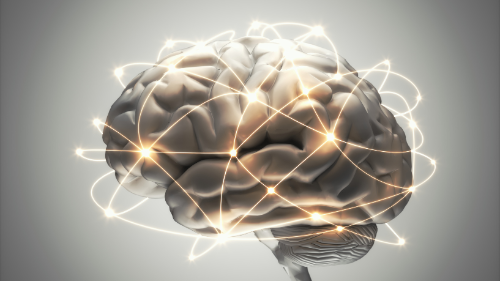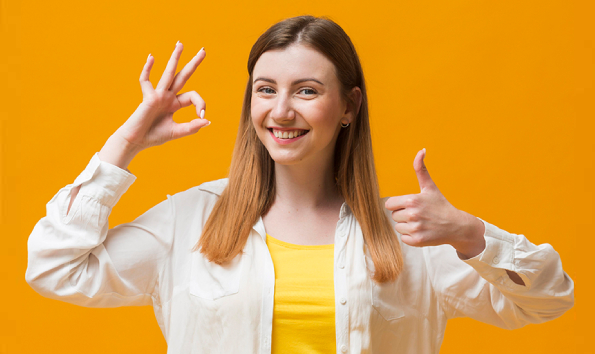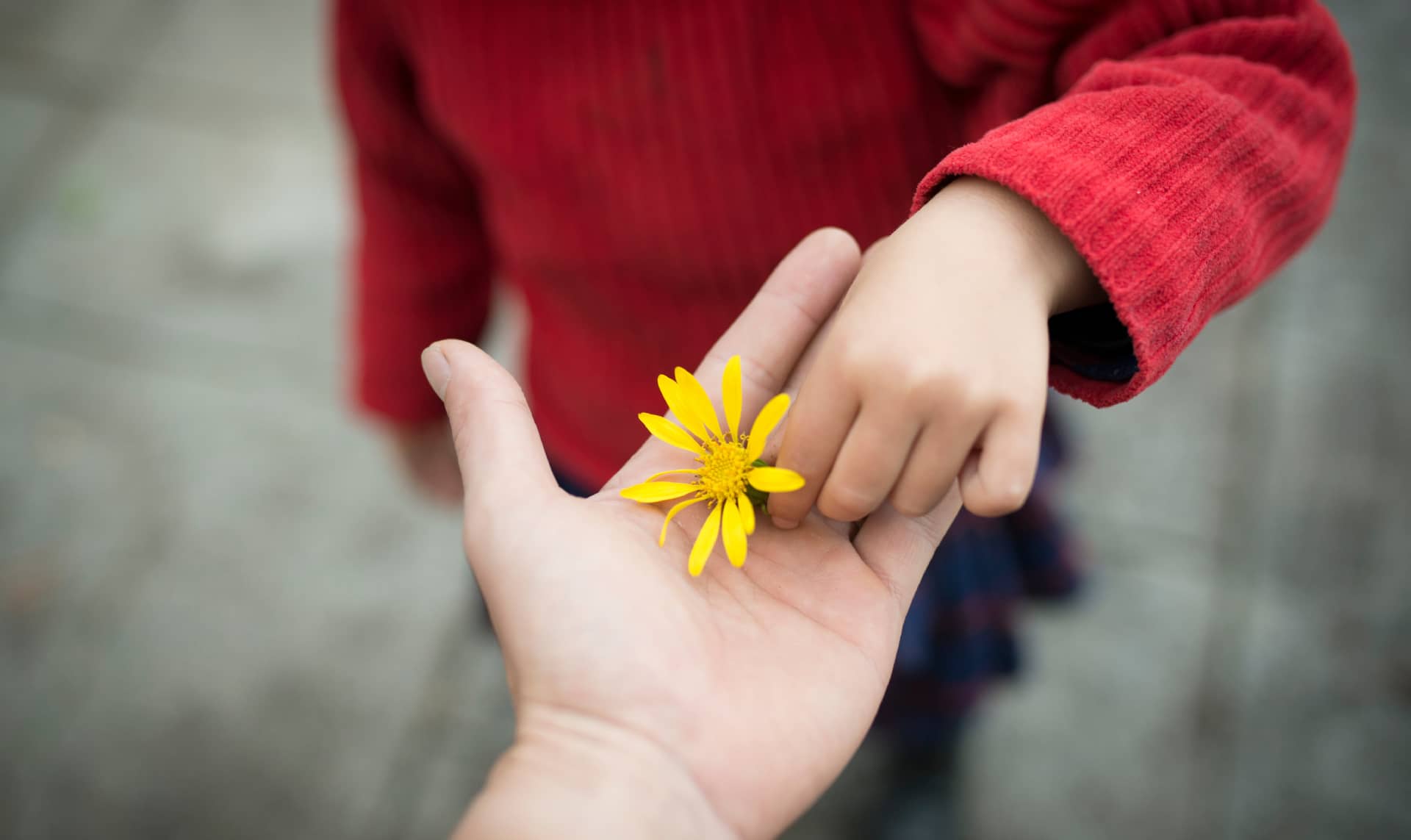Neuroscience of Creativity: How to Activate Creative Potential to Relieve Anxiety
Creativity is
not only a tool for innovation but also a powerful means to reduce anxiety and
improve mental health. Neuroscience has shown that the act of creating has
positive effects on the brain, helping to regulate emotions and promote
well-being.
The Impact of
Creativity on the Brain and Anxiety
When we
engage in creative activities, such as painting, writing, or solving problems,
we activate areas of the brain associated with pleasure and reward. These
activities increase the release of dopamine, a hormone that improves mood and
reduces stress. Creativity promotes concentration and allows the mind to free
itself from negative thoughts by focusing on creation. Creativity fosters
cognitive flexibility, allowing us to see problems from new perspectives and
thus reducing anxiety.
Strategies to
Activate Creativity as a Tool to Reduce Anxiety
Incorporating
creative activities into daily life is an excellent way to reduce anxiety. You
can start by dedicating a few minutes a day to activities you enjoy and that
awaken your creativity, such as drawing, journaling, or solving puzzles. You
can also experiment with visualization techniques or lateral thinking
exercises, which will help you think more flexibly and reduce the mental
rigidity associated with anxiety. Additionally, meditation and mindfulness are
also useful for unlocking creativity and calming the mind.
If you want
to explore how creativity can help you reduce anxiety and find calm, at RewPaz,
we are here to support you in developing these tools.
RewPaz



